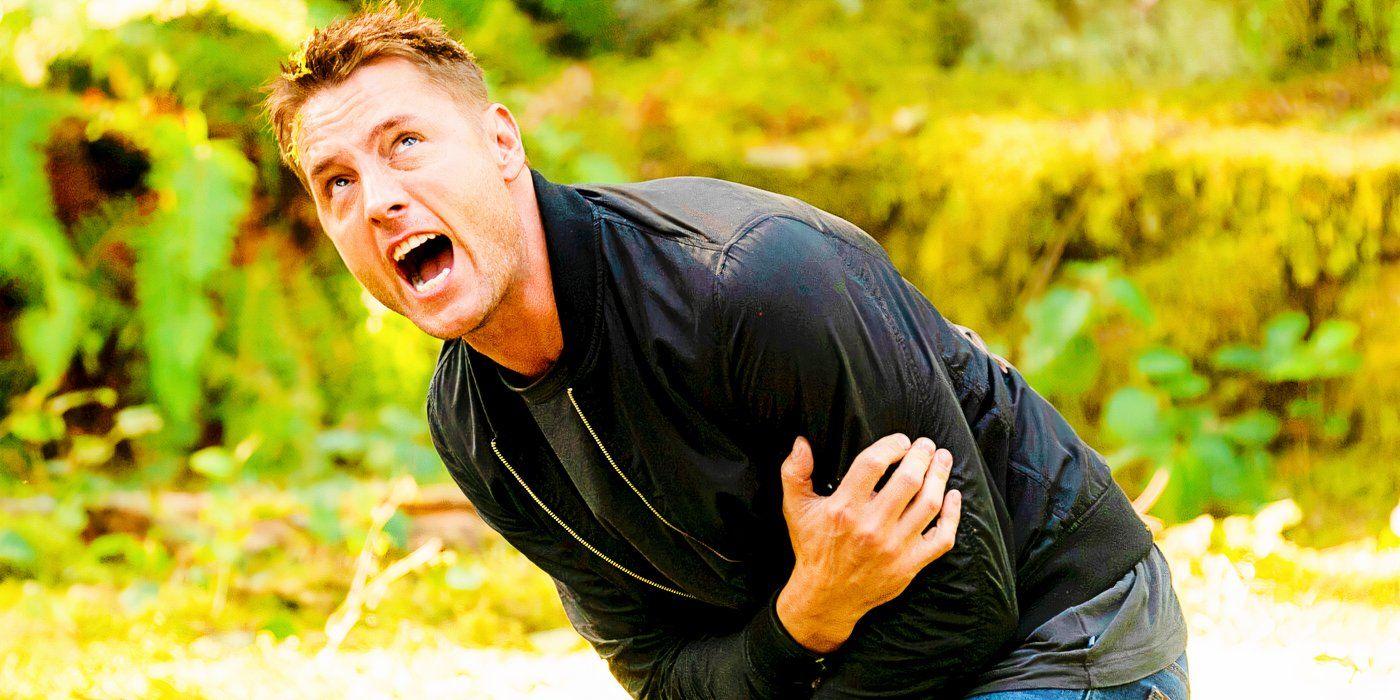In the ever-evolving landscape of television, few series have captured the zeitgeist quite like “Tracker.” As the show delves deeper into its second season, it continues to push narrative boundaries and captivate audiences with its intricate storytelling and compelling character arcs. This season has been a masterclass in balancing tension and revelation, offering viewers a rich tapestry of moments that both challenge and entertain. In this article, we will dissect the top five pivotal moments from Season 2, examining their significance within the broader narrative and their impact on the show’s trajectory. By analyzing these key scenes, we aim to uncover the underlying themes and artistic choices that have solidified “Tracker” as a standout series in contemporary television.
Character Development and Its Impact on Plot Progression
In Season 2, the intricacies of character development significantly shape the narrative’s trajectory, serving as a catalyst for pivotal plot twists and emotional depth. Character arcs are meticulously crafted, revealing vulnerabilities and strengths that propel the storyline forward. As protagonists evolve, their decisions and relationships become more complex, adding layers of tension and intrigue.
- Internal Conflicts: Characters grapple with personal dilemmas, influencing their choices and the story’s direction.
- Dynamic Relationships: Shifting alliances and betrayals redefine character motivations, altering the course of events.
- Moral Dilemmas: Ethical challenges force characters to confront their beliefs, leading to unexpected outcomes.
The interplay between character growth and plot progression underscores the narrative’s richness, ensuring that each moment resonates with authenticity and purpose. This season masterfully intertwines personal journeys with overarching themes, creating a tapestry of interconnected stories that captivate and engage the audience.

Cinematic Techniques Enhancing Viewer Engagement
In Season 2 of “Tracker,” the use of cinematic techniques plays a pivotal role in capturing and maintaining viewer attention. The show employs a variety of methods that not only elevate the storytelling but also immerse the audience in its gripping narrative. One standout technique is the dynamic camera movement, which adds a layer of intensity to action sequences. By using tracking shots and swift pans, the directors create a sense of urgency and immediacy, making viewers feel as though they are part of the chase.
Additionally, the strategic use of lighting and color grading is noteworthy. The creators have skillfully used low-key lighting to accentuate suspenseful moments, while vibrant color palettes highlight key emotional beats. This contrast not only enhances the mood but also subtly guides the audience’s emotional response. Furthermore, the incorporation of non-linear storytelling keeps viewers on their toes, weaving together past and present events in a way that demands active engagement. These techniques, among others, underscore the show’s commitment to crafting a visually and emotionally compelling experience.
- Dynamic Camera Movement – Enhances action sequences with tracking shots and pans.
- Lighting and Color Grading - Uses contrast to accentuate suspense and emotion.
- Non-linear Storytelling - Engages viewers by weaving past and present events.
Narrative Twists and Their Role in Audience Retention
In the ever-evolving landscape of television storytelling, narrative twists serve as a pivotal mechanism for keeping audiences engaged. These unexpected turns in the plot not only heighten suspense but also deepen character development, creating a richer viewing experience. By subverting expectations, they compel viewers to re-evaluate their understanding of the storyline, fostering a more interactive relationship with the content.
Key elements that make these twists effective include:
- Unpredictability: A well-crafted twist should catch the audience off guard, challenging their assumptions and predictions.
- Relevance: Twists must be integral to the plot, ensuring they enhance rather than disrupt the narrative flow.
- Emotional Impact: By tapping into the viewers’ emotions, these surprises can create memorable moments that resonate long after the episode ends.
By incorporating these elements, creators not only retain their audience but also encourage active engagement, as viewers become eager to discuss and dissect each unexpected development.

Strategic Recommendations for Future Seasons
As we look ahead to future seasons, several strategic recommendations emerge from the analysis of Season 2’s standout moments. These insights are designed to maximize audience engagement and narrative impact. Firstly, prioritize character development by deepening backstories and exploring complex relationships. This approach not only enhances viewer investment but also creates opportunities for unexpected plot twists that keep the audience on the edge of their seats.
- Innovative storytelling techniques: Experiment with non-linear narratives or multi-perspective storytelling to add depth and intrigue.
- Dynamic pacing: Balance high-intensity sequences with slower, more introspective moments to maintain viewer interest and emotional engagement.
- Audience interaction: Utilize social media platforms to engage viewers in real-time discussions and feedback, fostering a community around the series.
Moreover, embracing diverse casting and inclusive storylines can broaden the show’s appeal and resonate with a wider audience. By integrating these strategies, future seasons can not only replicate the success of Season 2 but also push the boundaries of storytelling excellence.


